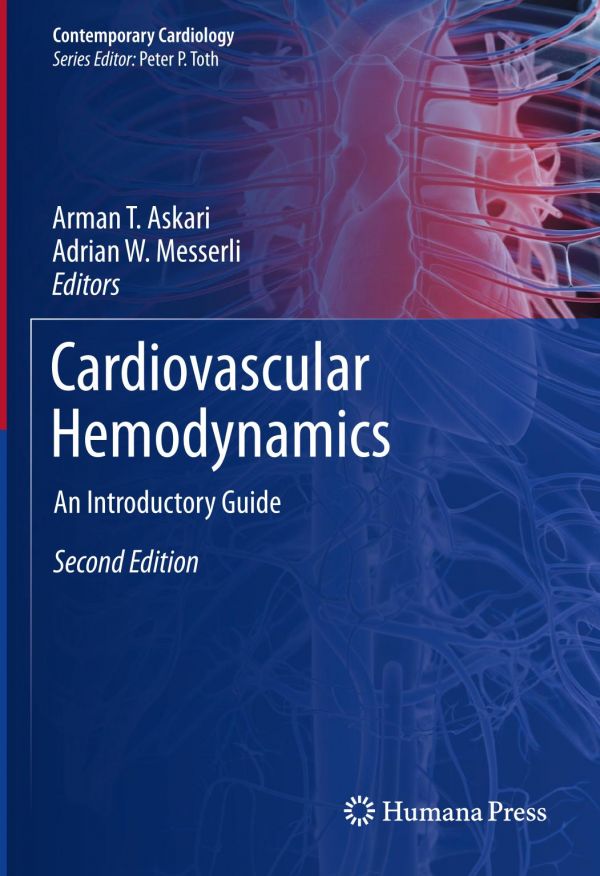

Most ebook files are in PDF format, so you can easily read them using various software such as Foxit Reader or directly on the Google Chrome browser.
Some ebook files are released by publishers in other formats such as .awz, .mobi, .epub, .fb2, etc. You may need to install specific software to read these formats on mobile/PC, such as Calibre.
Please read the tutorial at this link: https://ebookbell.com/faq
We offer FREE conversion to the popular formats you request; however, this may take some time. Therefore, right after payment, please email us, and we will try to provide the service as quickly as possible.
For some exceptional file formats or broken links (if any), please refrain from opening any disputes. Instead, email us first, and we will try to assist within a maximum of 6 hours.
EbookBell Team

5.0
30 reviewsThe second edition of this key resource provides a broad and fundamental overview of basic cardiovascular (CV) hemodynamic principles with a focus on clinical assessment of CV physiology. Extensively updated, the book includes new coverage on noninvasive hemodynamic assessment and the effects of selected interventions on CV hemodynamics. It provides an introduction to the basic concepts such as preload, afterload, myocardial contractility, and cardiac output. Subsequent chapters examine the effects of interventions such as vasodilators, beta blockers, pressor agents, inotropes, and different forms of invasive circulatory support. The book also focuses on various methods of hemodynamic evaluation including echocardiography, CT/MRI, noninvasive hemodynamic assessment, and cardiac catheterization. The book concludes with a discussion of proper diagnosis, evaluation, and management of patients using hemodynamic data on a variety of specific disease states.
An invaluable contribution to the Contemporary Cardiology Series, the Second Edition of Cardiovascular Hemodynamics: An Introductory Guide is an essential resource for physicians, residents, fellows, medical students, and researchers in cardiology, emergency medicine, critical care, and internal medicine.